Retro Replay Review
Gameplay
Ultima Underworld: The Stygian Abyss revolutionizes dungeon crawling with its fully 3D, free‐movement system. Gone are the grid‐based steps of earlier RPGs; here you stride, jump, swim, and peer in any direction. Whether you’re clambering up a steep staircase, diving into an underground river, or balancing along a narrow bridge, the game continually updates the viewport in real time, grounding you in the Abyss’s vertiginous depths.
(HEY YOU!! We hope you enjoy! We try not to run ads. So basically, this is a very expensive hobby running this site. Please consider joining us for updates, forums, and more. Network w/ us to make some cash or friends while retro gaming, and you can win some free retro games for posting. Okay, carry on 👍)
The combat system is just as hands‐on. You draw your weapon, aim with the mouse cursor, and hold down the button to power your strike—the longer you hold it, the harder it hits. Different attack types spring from cursor placement: low for jabs, mid‐screen for slashes, and high for overhead blows. This tactile approach makes every encounter feel like an active duel rather than a turn‐based calculation.
Character development further enriches the experience. At the outset you customize the Avatar’s gender, class, and initial skill set—be it weapon proficiencies, lockpicking, or bartering. Experience points let you recite mantras at shrines to elevate key skills, while hit points and mana scale with each level. Runes scattered throughout the Abyss combine in specific orders to unleash a variety of magical effects, adding a puzzle‐like twist to spellcasting.
Exploration is non‐linear. You can tackle most regions of the Stygian Abyss in virtually any sequence, uncovering side quests and hidden chambers along the way. The auto‐map not only reveals visited areas but also allows you to annotate it, so you can mark locked doors or points of interest for future returns. Add to this a cast of NPCs—descendants of a failed colony—who offer rumors, barter opportunities, or outright hostility, and you have a living, breathing dungeon that evolves with every choice you make.
Graphics
For its time, Ultima Underworld’s visuals were nothing short of groundbreaking. The textured walls and floors wrap seamlessly around a 3D grid, creating an environment that feels expansive—even claustrophobic—when illuminated by your torch. Sloped passages, winding stairways, and irregular caverns break away from the cookie‐cutter corridors of earlier titles, lending the Abyss a sense of organic decay.
Dynamic lighting amplifies the mood. Flickering torches cast dancing shadows on wet stone, and pools of phosphorescent fungus wash cavern walls in eerie hues. When you swim beneath the surface of an underground river, the distorted water effect and muffled soundscape transport you to another plane entirely.
Creature sprites and item icons are crisply detailed, and while they’re essentially 2D billboards, smart use of shading sells their three‐dimensionality. The unobtrusive interface—just a status bar and inventory panel—lets the environment take center stage, reinforcing immersion without cluttering the screen.
Even today, the game’s aesthetic choices—such as draping corridors in banners of mold and carving runic glyphs into ancient doors—serve as environmental storytelling. You don’t just traverse a dungeon; you explore the remnants of a lost civilization whose every stone hints at tales untold.
Story
In the wake of his triumph over Mondain and Minax, the Avatar enjoys a hard‐won peace in Britannia—only to be plagued by spectral dreams foretelling new peril. Ignoring the call to complacency, he returns to the kingdom, heartsick and determined to uncover the source of these ominous visions.
Shortly after arrival, the Avatar unwittingly becomes the prime suspect in the abduction of Baron Almric’s daughter. Condemned without trial, he is cast into the Great Stygian Abyss, given a stark choice: find the missing girl or perish in the dungeon’s unforgiving depths. From that moment, every step is a race against doom.
Within the labyrinthine Abyss dwells more than monstrous denizens—survivors of a reckless colonization attempt that left its people fractured and embittered. As you parley with mercenaries, outcasts, and self‐styled nobles, the kidnapping’s deeper machinations begin to surface. Political intrigue, black magic, and the legacy of a shattered settlement weave together, ensuring that every allegiance tested reveals a new layer of conspiracy.
Non‐linear quest design means you might rescue a captured colonist before the Baron’s daughter, or uncover forbidden rune lore that reshapes your understanding of the Abyss’s true architect. Dialogue choices affect not only the Avatar’s reputation but also which secrets open up—making each playthrough a unique tale of survival and discovery.
Overall Experience
Ultima Underworld remains a towering achievement in RPG history, offering an immersive blend of action, exploration, and storytelling. Its freedom to move and think in three dimensions set a template for countless successors, and its tightly woven world still rewards curious adventurers who delve into every nook and cranny.
The learning curve can be steep—resource management, inventory micromanagement, and manual mapping can overwhelm modern players accustomed to quest arrows and auto‐sorting. Yet overcoming these challenges is part of the Abyss’s appeal, as survival hinges on observation, careful planning, and adaptability.
Age has tempered the game’s visuals and user interface, but the core design remains as compelling today as it was at release. For fans of classic dungeon crawlers, open‐world RPGs, or anyone curious about the roots of modern immersive sims, Ultima Underworld: The Stygian Abyss offers a richly detailed odyssey beneath the surface of Britannia—one you won’t soon forget.
Despite the passage of years, the Avatar’s descent into darkness still exemplifies how innovative mechanics and a gripping narrative can transform a software title into a timeless journey. It’s more than a game; it’s a landmark adventure that paved the way for the 3D RPGs we enjoy today.
 Retro Replay Retro Replay gaming reviews, news, emulation, geek stuff and more!
Retro Replay Retro Replay gaming reviews, news, emulation, geek stuff and more!
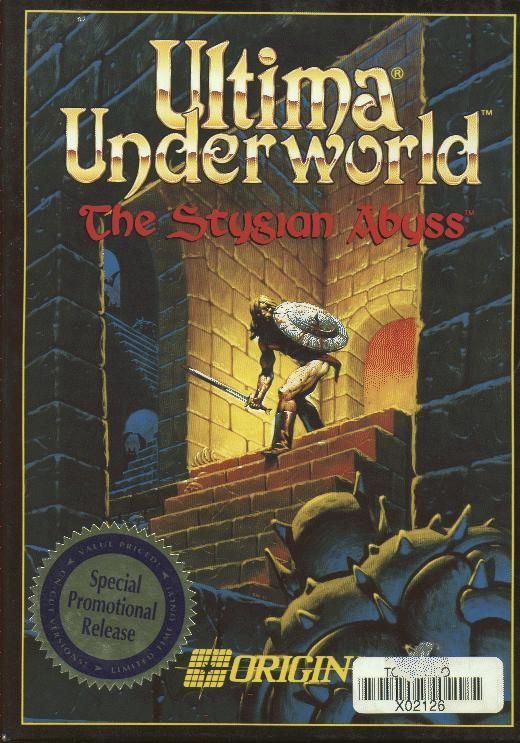
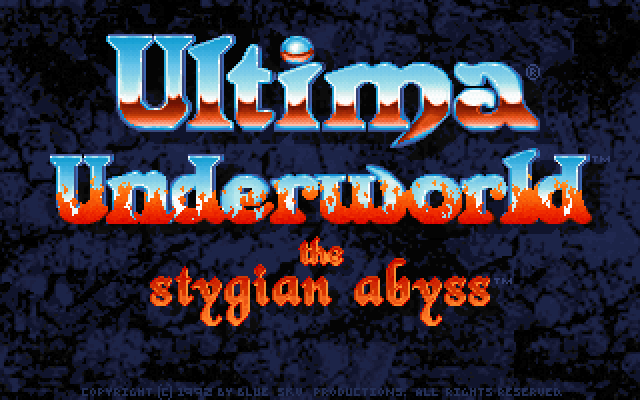
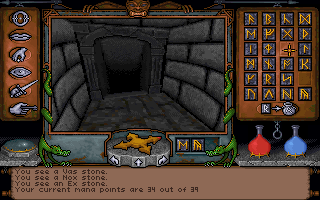
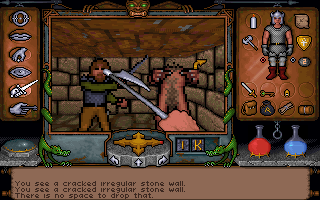

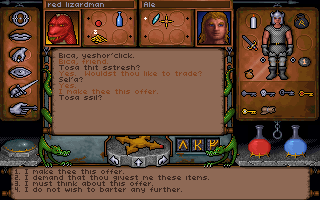



Reviews
There are no reviews yet.